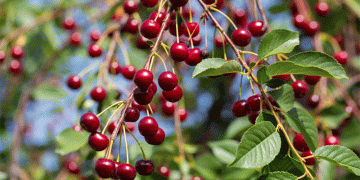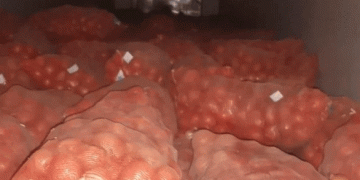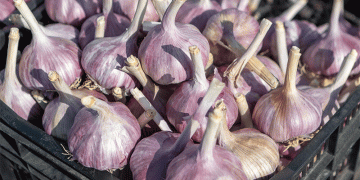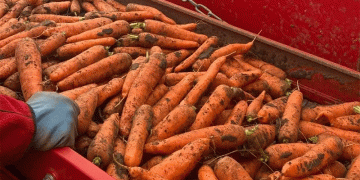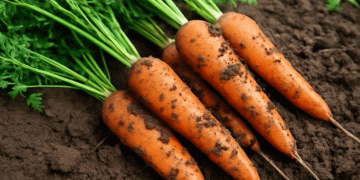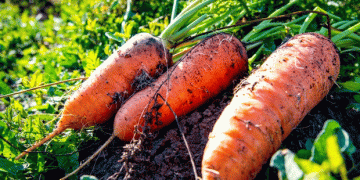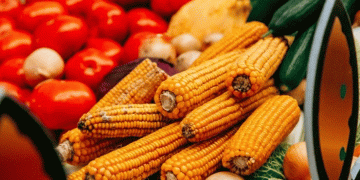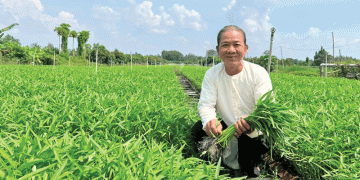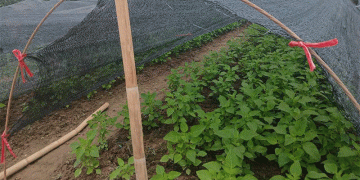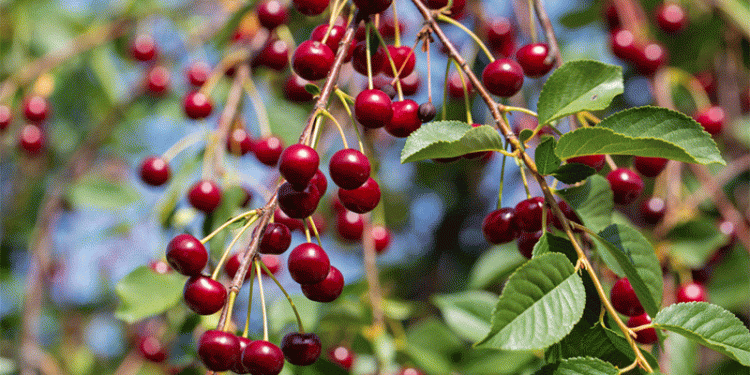Hungary’s FruitVeB has issued a stark warning for the 2025 sour cherry season, forecasting one of the weakest harvests in decades. With an expected domestic yield of just 30,000–35,000 tons (down 40–50% from a typical good year and 30% below 2024’s already poor harvest of 51,000 tons), the situation is dire. The shortfall isn’t limited to Hungary—Poland, Serbia, and Germany, key European producers, also report significant losses due to spring frosts and adverse weather (AgriCensus, 2025).
Why the Market Is Facing Extreme Conditions
- Historic Lows in Production
- Hungary’s 2025 crop could be the smallest in 30 years, with yields below 50% of the 10-year average (EUROSTAT).
- Poland, Europe’s largest sour cherry producer, anticipates a 35% drop from 2024, exacerbating regional shortages (FreshPlaza, May 2025).
- Depleted Processed Stocks
- Processors entered 2025 with near-empty inventories due to 2024’s weak harvests in Hungary and Poland.
- EU-wide stocks of frozen and canned sour cherries are down 60% year-on-year (Food & Agriculture Monitor).
- Surging Demand and Competition
- Polish buyers (who rely on imports for juice and jam production) are expected to drive aggressive purchasing, pushing prices to record highs.
- Global demand for sour cherry concentrates (used in health supplements) has grown 12% annually (MarketWatch), further straining supply.
Price Projections and Market Reactions
- Farmgate prices in Hungary could double or triple compared to 2024, with early bids already 30% higher (FruitVeB).
- Processors fear production cuts for jams, juices, and frozen products, which may lead to retail price hikes of 20–40% (Rabobank Agri Commodity Report).
Navigating the Crisis
The 2025 sour cherry season will test the resilience of farmers, agribusinesses, and supply chains. Key strategies:
- Farmers: Prioritize contracts with processors early to lock in premiums.
- Agronomists/Scientists: Accelerate R&D into frost-resistant varieties and precision irrigation to mitigate climate risks.
- Processors/Traders: Diversify sourcing and explore substitutes (e.g., tart cherries from North America) to buffer shortages.
With climate volatility becoming the norm, this year’s crisis underscores the need for long-term adaptation in European fruit production.
